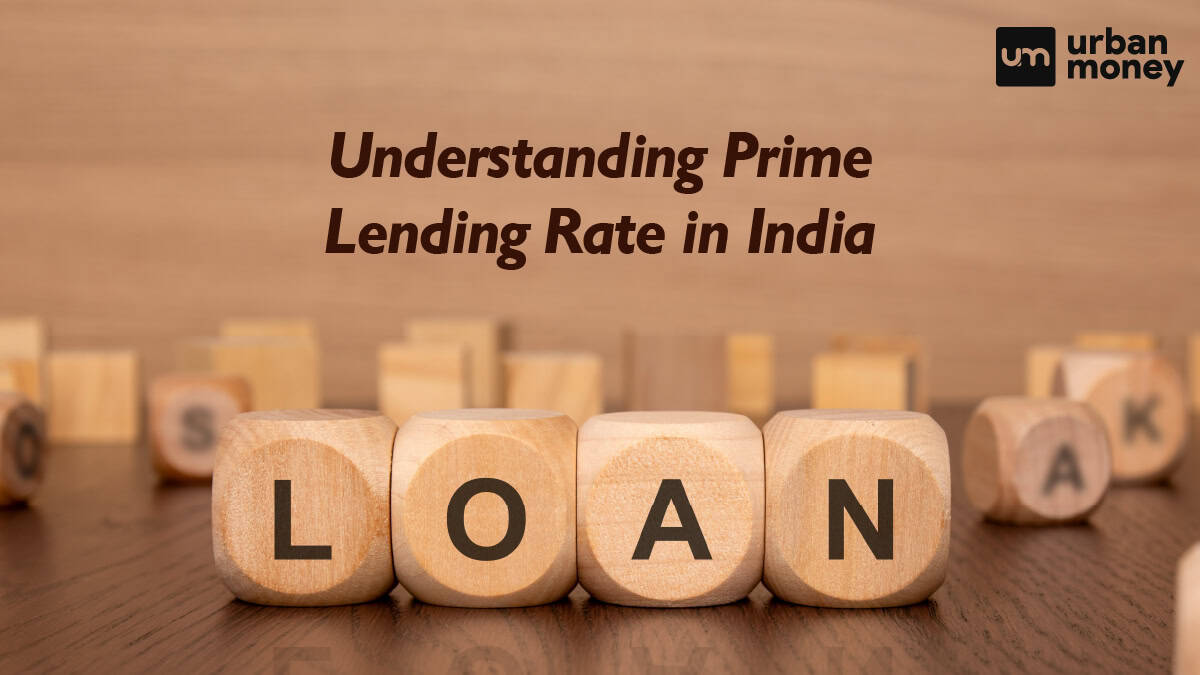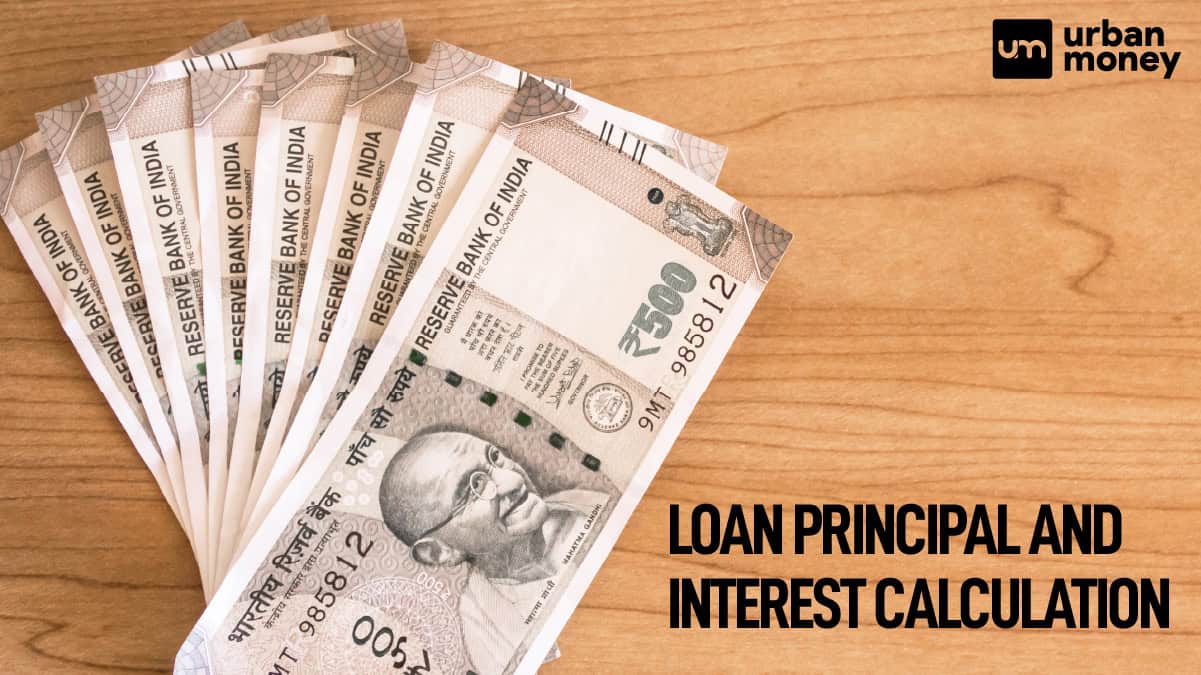Top 10 Best Private Banks in India List 2025
January 09, 2025
Home Loan Archive | Everything You Need to Know About Prime Lending Rates in India

August 27, 2024


It is important for anyone considering obtaining a home loan in India to be informed about the Prime Lending Rate (PLR) and other benchmark rates, such as the MCLR, Base Rate, and Repo Rate. Because they determine the interest rates on various loans, these rates have a big influence on borrowing costs. Specifically, the PLR influences bank loan interest rates by serving as a standard for the most creditworthy customers. In order to give potential borrowers a complete overview, we will go over the definitions, consequences, and variations of these rates in this blog article.
Table of Contents
ToggleThe interest rate that banks charge their best clients—typically those with excellent credit—is known as the Prime Lending Rate (PLR). This is the most accurate and simple meaning of Prime Interest Rate. It serves as a standard for a variety of loans, such as personal and house loans. The PLR is influenced by policy rates set by the central bank. It is the lowest interest rate that banks offer loans at. The central bank’s choices and the state of the economy can affect the rate. Banks might boost the PLR, for instance, if the central bank hikes interest rates. High credit score borrowers frequently receive loans at rates that are comparable to the PLR.
There are several aspects that make base rates different from prime lending rates. Some of them are mentioned below:
| Aspect | Base Rate | Prime Lending Rate (PLR) |
| Definition | The minimum interest rate is set by the central bank for lending to commercial banks. | Interest rates are charged by banks to their most creditworthy customers. |
| Determinants | Influenced by the central bank’s monetary policy, economic conditions, and cost of funds. | Influenced by the central bank’s policy rates, credit risk, and market conditions. |
| Purpose | Benchmark for banks to calculate interest rates for various loans and advances. | Reference rate for setting interest rates on loans to most creditworthy customers. |
| Flexibility | Banks add a spread over the base rate to determine the actual lending rate. | Typically set as a fixed percentage above the central bank’s policy rate. |
| Applicability | Used for a wide range of loans, including housing loans, MSME business loans, and personal loans. | Primarily applied to loans for the most creditworthy individuals and businesses. |
| Transparency | Aims to enhance transparency in lending rates and ensure fair pricing for borrowers. | Provides a transparent benchmark but doesn’t govern all lending rates. |
| Adjustment Frequency | Adjusted by banks based on changes in the central bank’s policy rates and economic conditions. | Adjusted in response to changes in the central bank’s policy rates and market conditions. |
| Creditworthiness Impact | Affects borrowers with variable-rate loans tied to the base rate, impacting their interest costs. | Directly affects interest costs for the most creditworthy borrowers with loans tied to the PLR. |
| Regulatory Control | Subject to regulatory oversight to ensure fair Prime Lending rates and adherence to central bank guidelines. | Subject to regulatory scrutiny to prevent discriminatory lending practices and ensure transparency. |
| Economic Indicators | Reflects prevailing economic conditions and the central bank’s assessment of monetary policy. | Reflects creditworthiness of top borrowers and perceived market risk. |
The Prime Lending Rate (PLR) is a benchmark interest rate that banks use to set the rates for loans offered to their most creditworthy customers. Each bank determines it based on factors such as the central bank’s policy rates, economic conditions, and the bank’s cost of funds. The PLR serves as a benchmark for a range of loans, including as business, personal, and home loans; real rates differ according to the perceived risk and creditworthiness of the borrower. The rate may fluctuate in reaction to changes in the policy rates of the central bank or to changes in the state of the economy. Higher credit score borrowers usually pay rates that are comparable to the PLR, but lower credit score borrowers could pay higher rates. Additionally, the PLR encourages lending openness by giving consumers easy access to a transparent reference rate that they may use to evaluate and compare loan offers.
The Prime Lending Rate (PLR) is determined by individual banks. Each bank sets its own PLR based on several factors:
Read Also : Everything You Need to Know About Franking Charges
There are several factors affect the Prime Lending Rate (PLR), including:
The meaning of prime interest rate, or PLR, significantly impacts the financial markets and the economy in general. Concerning borrowing costs, the prime lending rate serves as a benchmark for determining loan interest rates. Increases in the bank prime loan rate result in larger monthly payments for borrowers and may deter future borrowing for loans like commercial, personal, and home loans. On the other hand, a lower bank prime lending rate lowers borrowing rates, which makes loans more accessible to both individuals and companies.
Changes in borrowing costs impact consumer expenditure; higher rates may result in less money being spent on expensive goods like homes and vehicles, while lower rates may encourage borrowing and spending. The meaning of prime lending rate also impacts the cost of financing for enterprises; higher rates may discourage investment in new ventures and expansions, while lower rates may encourage such ventures. Furthermore, the HDFC home loan PLR rate affects deposit and savings interest rates, affecting the returns that customers receive on their savings. All things considered, changes in the prime lending rate greatly impact consumer behaviour, company investment decisions, and economic activity.
Here is the historical data of prime lending for your better understanding:
| Date | BPLR (%) |
| 15-03-2023 | 14.85 |
| 15-12-2022 | 14.15 |
| 15-09-2022 | 13.45 |
| 15-06-2022 | 12.75 |
| 15-03-2022 | 12.3 |
| 15-12-2021 | 12.3 |
| 15-09-2021 | 12.2 |
| 15-06-2021 | 12.25 |
| 10-03-2021 | 12.15 |
| 10-12-2020 | 12.05 |
The prime lending rates of some of the top banks in India are:
| Bank | Prime Lending Rate
(PLR) |
| State Bank of India (SBI) | 13.45% |
| HDFC Bank | 14.05% |
| Bank of Baroda | 13.70% |
Benchmark Prime Lending Rate is shortened to BPLR. The Reserve Bank of India (RBI) established it in 2003 as a benchmark rate that banks may use to set bank prime interest rates. The interest rate that commercial banks charged their most creditworthy clients was known as the BPLR. However, the RBI switched out the BPLR system with the Base Rate system in 2010 because of worries over a lack of transparency.
Marginal Cost of Funds-based Lending Rate is referred to as MCLR. This is the minimum interest rate below which a bank cannot lend money. If the MCLR of a bank is 7%, then the bank can’t lend money at 6% or less than 7%. The MCLR, or internal benchmark or reference rate, was first introduced in April 2016 for financial organisations. It is calculated using a tenure premium, operating expenses, the cost of keeping the Cash Reserve Ratio (CRR), and the marginal cost of funds. With the use of MCLR, loan interest rates should be more transparent and adaptable to fluctuations in the RBI’s policy rates.
The external Benchmark Lending Rate is referred to as EBLR. The Reserve Bank of India (RBI) implemented this technique to improve lending rate determination transparency. Banks must base their lending rates under the EBLR system on an external benchmark, such as the repo rate set by the RBI, the rate on three-month Treasury bills, or the rate on six-month Treasury bills, among others. To guarantee that changes in the policy rates of the RBI are swiftly reflected in the lending rates that borrowers are charged, EBLR was introduced. Regarding the interest rates on their loans, this arrangement gives borrowers more certainty and transparency, similar to the prime lending rate and bank prime lending rate systems.
It is necessary to understand the complex world of loan rates in order to make prudent financial decisions. Understanding these benchmarks—the Repo Rate, Base Rate, MCLR, and Prime Lending Rate—will help you assess the cost of your loan and create sensible financial strategies. Knowing this can save you money and ensure that you get the best loan choice for your requirements because these rates are subject to fluctuate depending on the policies of central banks and the state of the economy. Always seek the counsel of financial experts and keep up with bank prime lending rate changes to make the most of your borrowing experience.
Read Also : What is the Meaning of Annual Percentage Rate?
The Prime Lending Rate (PLR) is used by banks and financial institutions as a reference rate to set the interest rates for loans offered to their most creditworthy customers. It serves as a benchmark for determining the rates on various types of loans, including personal loans, business loans, and certain types of home loans.
No, the Prime Lending Rate is not applicable to all types of home loans in India. It mainly applies to older home loans taken before the introduction of newer systems like the Base Rate, MCLR, and EBLR. Most modern home loans are now linked to these newer benchmarks rather than the PLR.
The Prime Lending Rate can change whenever the central bank, such as the Reserve Bank of India (RBI), adjusts its policy rates or when market conditions fluctuate. However, the frequency of changes is at the discretion of individual banks, and they may review and adjust their PLR periodically based on factors like changes in the cost of funds and economic conditions.
If the Prime Lending Rate increases, it can lead to higher interest rates on your loans and increased monthly payments. In this situation, you should review your loan terms and adjust your budget accordingly. Consider refinancing options or consulting with your lender to explore possible solutions, such as restructuring the loan or switching to a fixed-rate loan to avoid future rate changes.










© 2025 www.urbanmoney.com. All rights reserved.

Need Loan Assistance?

Thank you for showing your interest. Our agent will get in touch with you soon.

















